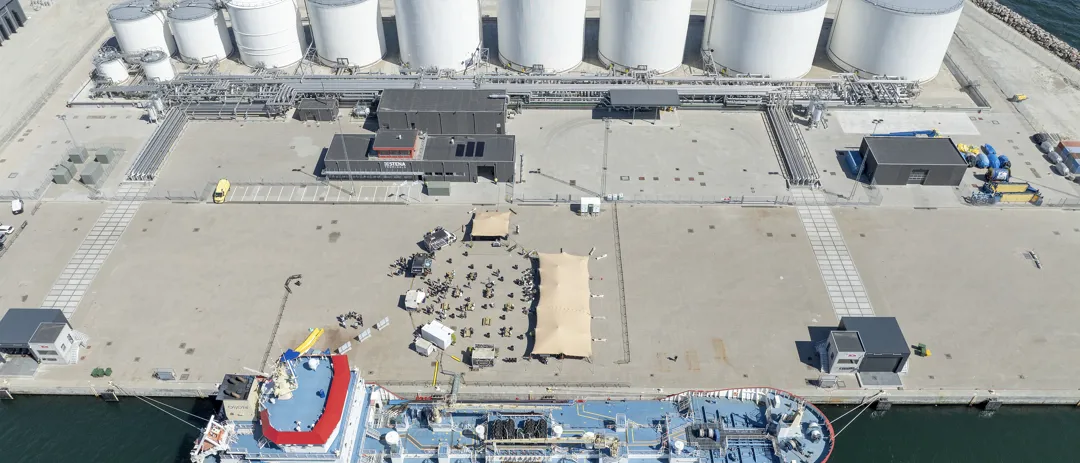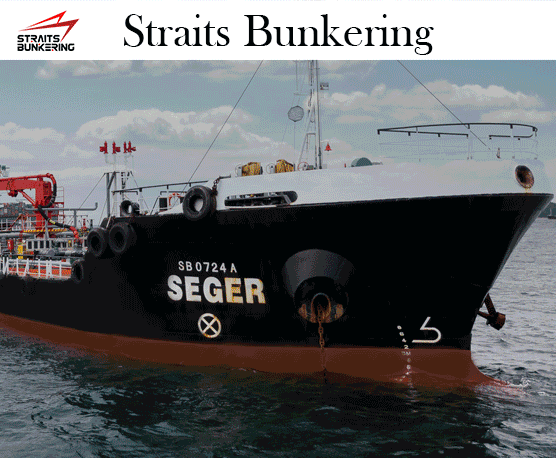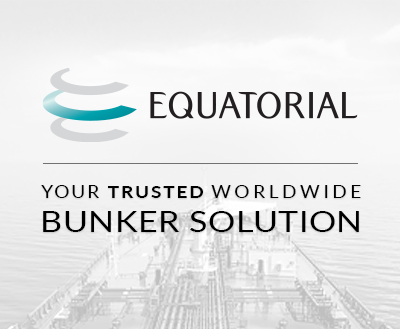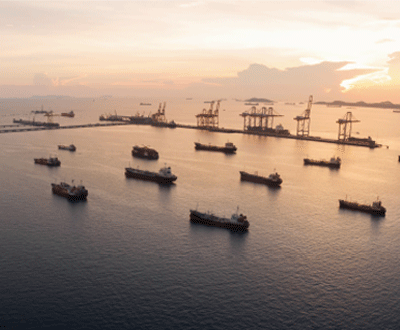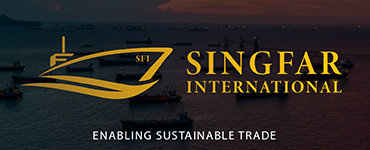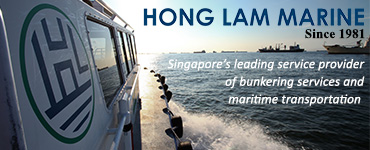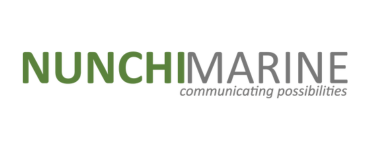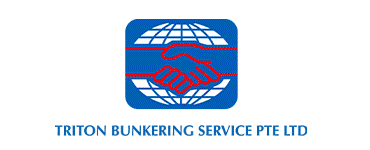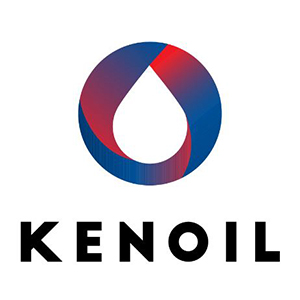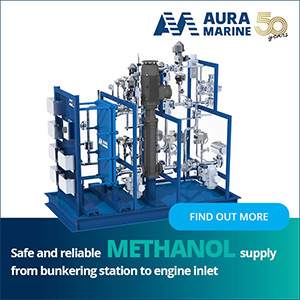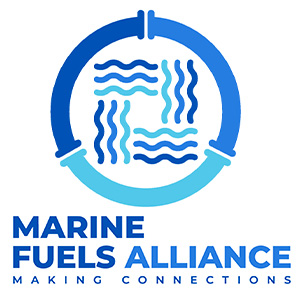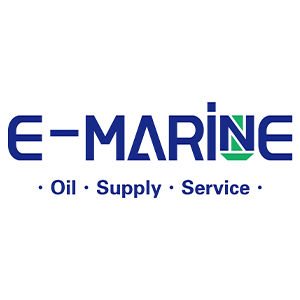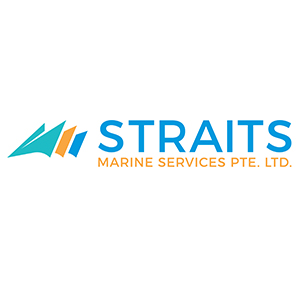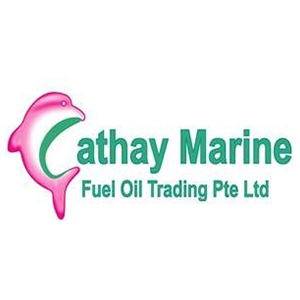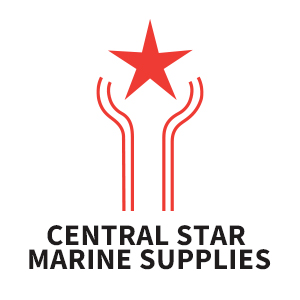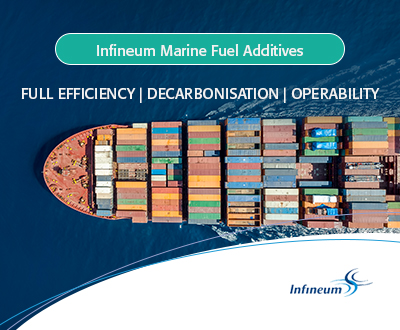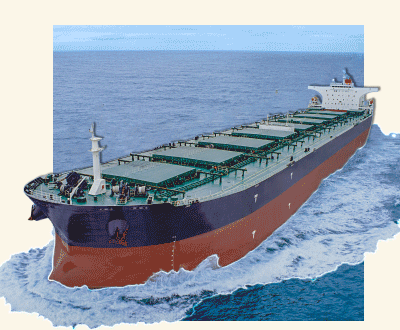Business
International Safety@Sea Week: Singapore focuses on fire safety for LNG bunkering operations
‘As a major transhipment and bunkering hub port, Singapore takes maritime safety seriously,’ states Mr Chee Hong Tat, Senior Minister of State for Transport.

Biofuel
Chimbusco Pan Nation completes B24 biofuel bunkering op for COSCO in Hong Kong
Firm supplied over 4,300 mt of ISCC-EU certified B24 high-sulphur marine biofuel to “COSCO NETHERLANDS”, a container vessel operated by COSCO on 13 May.
Bunker Fuel
FOBAS issues industry update of new ISO 8217:2024 marine fuel specifications
FOBAS points out there are a number of significant changes to ISO 8217 as compared to 6th (2017) edition both in terms of extent and content.
Bunker Fuel
Stena Oil inaugurates new bunkering terminal in Frederikshavn
Terminal is designed to handle various types of fuels, and over the year, a newly built bunker vessel will be put into operation, which will also be able to handle bunker fuels including biofuels and methanol.
-

 Bunker Fuel2 weeks ago
Bunker Fuel2 weeks agoTFG Marine completes first bunker fuel delivery with “Margherita Cosulich” barge
-

 Alternative Fuels1 week ago
Alternative Fuels1 week agoFratelli Cosulich methanol, biofuel bunker barge en route to Singapore
-

 Bunker Fuel2 weeks ago
Bunker Fuel2 weeks agoPetroChina completes its first bonded bunkering operation in Hainan
-

 Alternative Fuels1 week ago
Alternative Fuels1 week agoWalvis Bay green hydrogen production plant to include ammonia bunkering
-
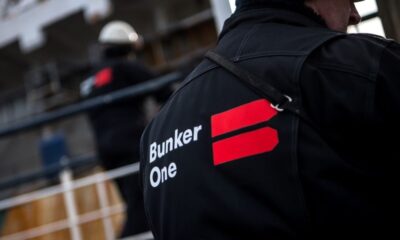
 Business1 week ago
Business1 week agoBunker One accuses rival of unfair competition with Russian oil
-
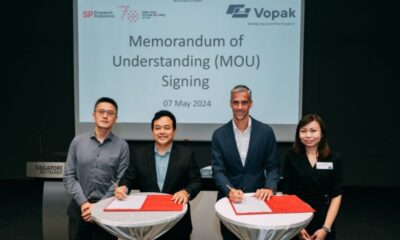
 Alternative Fuels1 week ago
Alternative Fuels1 week agoVopak and Singapore Polytechnic team up in safety training on low carbon bunker fuels
-

 Bunker Fuel2 weeks ago
Bunker Fuel2 weeks agoCirctec and bp ink agreements to advance renewable tyre-derived bunker fuel
-

 Bunker Fuel1 week ago
Bunker Fuel1 week agoENGINE on Biofuel Bunker Snapshot: Singapore’s B24 drops to discount to Rotterdam’s B30





